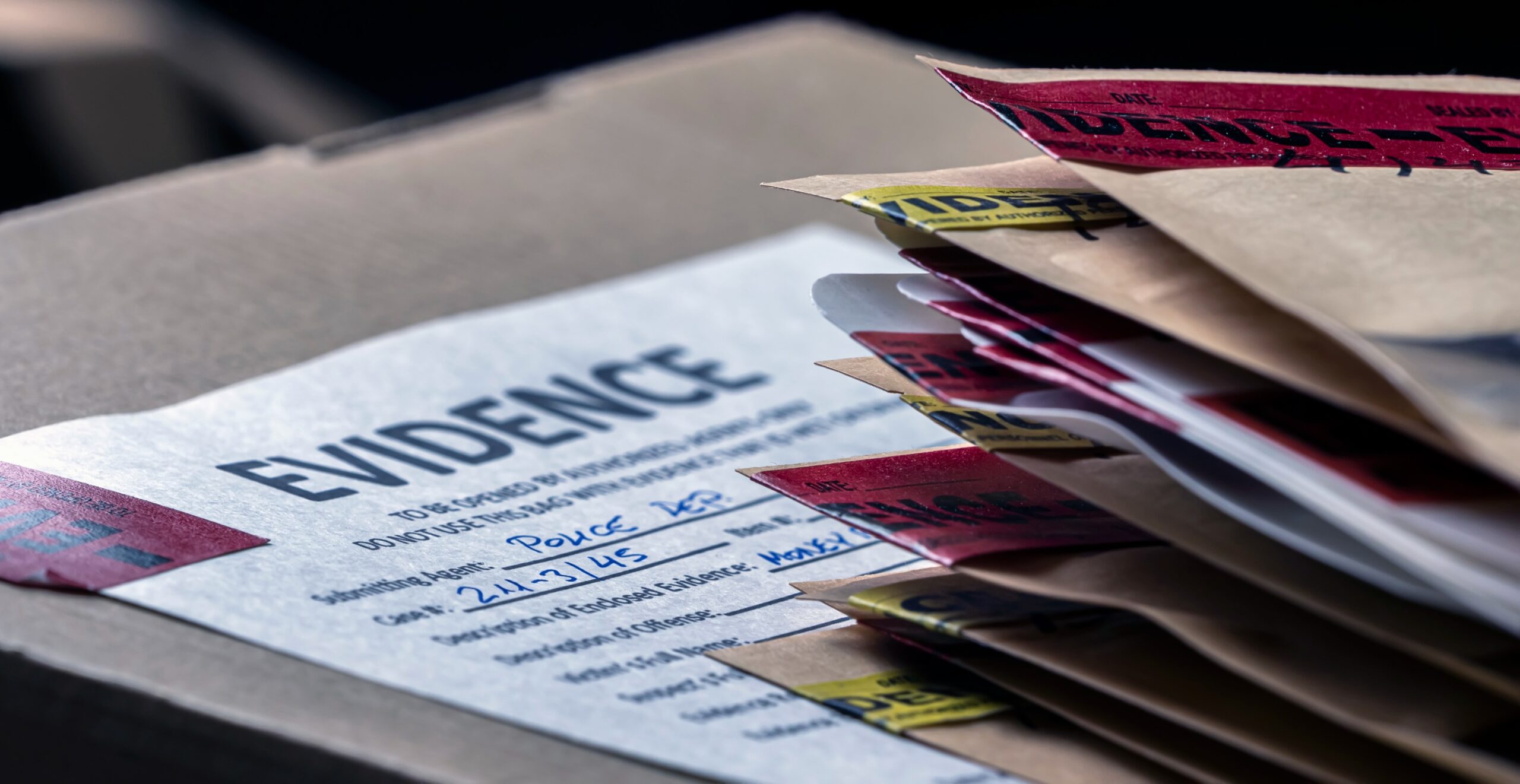Once a court issues an order, it generally cannot be changed without a showing of…
Navigating the Dynamics of the Oklahoma Pardon and Parole Docket – Guest Post

The pivotal Pardon and Parole Docket lies at the heart of Oklahoma’s legal landscape. More than bureaucracy, it intersects lives with justice. This exploration navigates the nuanced system dynamics, and its profound individual impacts within state criminal justice intricacies. We journey through decision-making corridors, where redemption narratives and justice pursuits converge in complex legal dances.
Pardon and Parole Board
The Oklahoma Pardon and Parole Board is central. This appointed body assesses cases, advises on clemency and parole. Their choices, guided by fairness and equity, may reshape lives traversing complex legal territory.
Clemency Process
The pardon process has multiple facets, journeying to forgiveness and exoneration. A full pardon restores civil rights; a partial one addresses conviction consequences. The board diligently reviews each case. Commutation involves meticulous review, accounting for incarceration conduct and rehabilitation potential.
Parole Process
Eligibility for parole is a critical juncture for persons in the justice system. It depends on completing part of a sentence, the board thoroughly judging any risk to society and readiness to rejoin it. Terms and monitoring with parole seek to enable a smooth transition back into society.
Public Safety and Rehabilitation
The Pardon and Parole Board navigates a delicate balance between public safety and rehabilitation. Their decisions, rooted in second chances, reflect recognizing remorse and positive change. The Board plays an integral role in criminal justice reform by fostering rehabilitation.
Challenges and Controversies
The Oklahoma Pardon and Parole system faces debates. These center on public safety risks and if rehabilitation works. Vital talks continue on improving laws and practices.
Impact on Individuals and Communities
The decisions of the Pardon and Parole Board have profound human impacts. We must understand how these choices affect people and communities to fully evaluate the system. Ongoing discussions examine whether the outcomes challenge or align with broader societal justice notions.
Conclusion
The Oklahoma Pardon and Parole process reveals a system interwoven with justice and redemption. This bureaucratic process holds a poignant human narrative, as the board’s decisions shape futures. We conclude that the docket is more than proceedings—it is a tapestry of second chances, compassion, and the pursuit of a fair society. Navigating these corridors demands balancing acknowledging complexities of stories while upholding justice principles underpinning the system. The Oklahoma pardon and parole docket is a pivotal intersection. Here, ideals of rehabilitation and social good meet, shaping justice’s narrative in the state. Amid difficulties, this critical juncture leaves an indelible impact.


 5.0 stars Posted by Mary June 30, 2016
5.0 stars Posted by Mary June 30, 2016